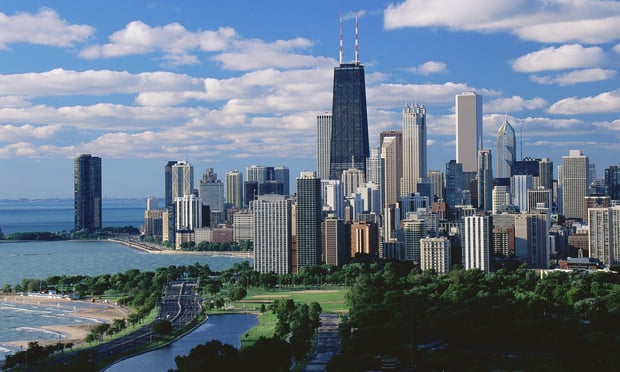CHICAGO—The recent increase in the 10-year treasury rate was expected by many to push up cap rates in the nation's single tenant net lease market, but so far, things are relatively quiet. Cap rates for the net lease retail sector only increased by five bps in the third quarter of 2018, according to a new report from Wilmette, IL-based Boulder Group. Rates in the office and industrial sectors were also largely steady.
“The market didn't react to the rise in interest rates, at least not immediately,” Randy Blankstein, president of Boulder, tells GlobeSt.com. “It's a delayed reaction,” and the boost in Treasury rates may take about three to six months to fully impact net lease investment.
Recommended For You
Want to continue reading?
Become a Free ALM Digital Reader.
Once you are an ALM Digital Member, you’ll receive:
- Breaking commercial real estate news and analysis, on-site and via our newsletters and custom alerts
- Educational webcasts, white papers, and ebooks from industry thought leaders
- Critical coverage of the property casualty insurance and financial advisory markets on our other ALM sites, PropertyCasualty360 and ThinkAdvisor
Already have an account? Sign In Now
*May exclude premium content© 2025 ALM Global, LLC, All Rights Reserved. Request academic re-use from www.copyright.com. All other uses, submit a request to [email protected]. For more information visit Asset & Logo Licensing.









